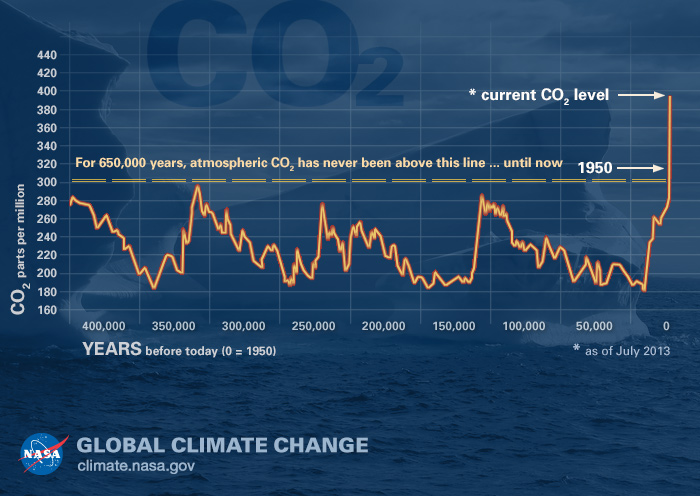What is Global Warming?

Global warming is the slow, yet steady increase in the temperature on the surface of the Earth, and includes land and water mass and the Earth’s atmosphere as well. It is quite a concern that the average temperatures around the world have risen by 1.4°F (0.5°C) in the past 100 years. Over two-thirds of the increase has happened in the past 35 to 40 years. Earlier, the Earth’s temperature used to rise due to natural causes, however of late it is due to man-made causes, namely accumulation of greenhouse gases. The alarming news is that glaciers have been shrinking steadily, apart from other shocking facts on Global Warming as per statistics released by the WMO.
NASA reports that the carbon dioxide content in the air has risen to 406.69 parts per million, and the Arctic Ice is going down at the rate of 13.3% per decade. Land ice is also depleting at an alarming pace of 286 gigatonnes per year. For several centuries, carbon dioxide levels were hovering at permissible levels. However, since the 1950s the increase has been very steep as is evident from this graph:

Source: https://climate.nasa.gov/climate_resources/24/
Most of the climate change due to global warming is attributed to human activity since the 20th century. Thanks to NASA’s earth orbiting satellites, scientists are able to view the bigger canvas. Most of the warming took place in the last 35 years, blame it on the increased use of fossil fuels. The year 2016 has the dubious distinction of being the warmest year on record.
According to the WMO there is irrefutable evidence that climate change is anthropogenic or induced by humans. The industrial revolution may have improved the standard of living of the common man; however along with it came the perils caused by the heat-absorbing greenhouse gases.
The reducing mass of the ice sheets in Greenland and the Antarctic is another major cause for concern. According to the data from NASA’s Gravity Recovery and Climate Experiment Greenland has lost 150 to 250 cubic km of ice per year continuously from 2002 to 2006. On the other end, the Arctic region has lost 152 cu km of ice from 2002 to 2005.
While the concentrations of the greenhouse gases will certainly depend on man-made sources, some of it can be attributed to natural causes as well, though very negligible. The sad fact is that there is no way of gauging the levels of future emissions, and the world may be in for some nasty surprises in the near future.
The time to act is NOW, and it is the responsibility of each one of us living on this planet to do our bit so that our future generations are protected and not left a bleak legacy.